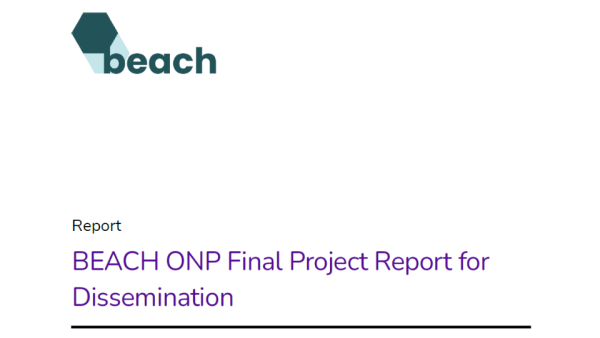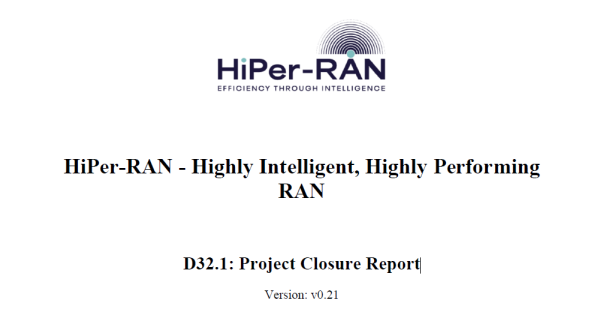Report
Synchronisation Distribution in 5G Transport Networks
Introduction
The world is moving to 5G, which offers a wide range of new services beyond the voice and data combination that was the primary service offering in the first four generations of mobile technology. This latest generation of mobile networks will expand service offerings into highly reliable and low-latency services that will potentially revolutionize many areas of industrialization and our day-to-day lives. In order to deliver the higher performance that these new services will require, all aspects of the mobile network will require modernization. This includes the DWDM-based mobile transport network that underpins the end-to-end mobile network.
5G is driving discussion around advances in optical network architecture, such as the move to front/mid/backhaul-based xHaul networks, network slicing, and multi-access edge compute architectures. It is also driving a need to improve performance in many areas of basic transport network performance, such as low latency and synchronization performance.
5G synchronization is a complex topic with many moving parts that all need to come together harmoniously across all aspects of the transport network to provide the right quality synchronization to the cell tower without overengineering the network and driving up cost. This e-book explains the challenges involved in delivering 5G-quality synchronization and the toolbox required to create end-to-end synchronization strategies to meet 5G performance demands now and in the future.








